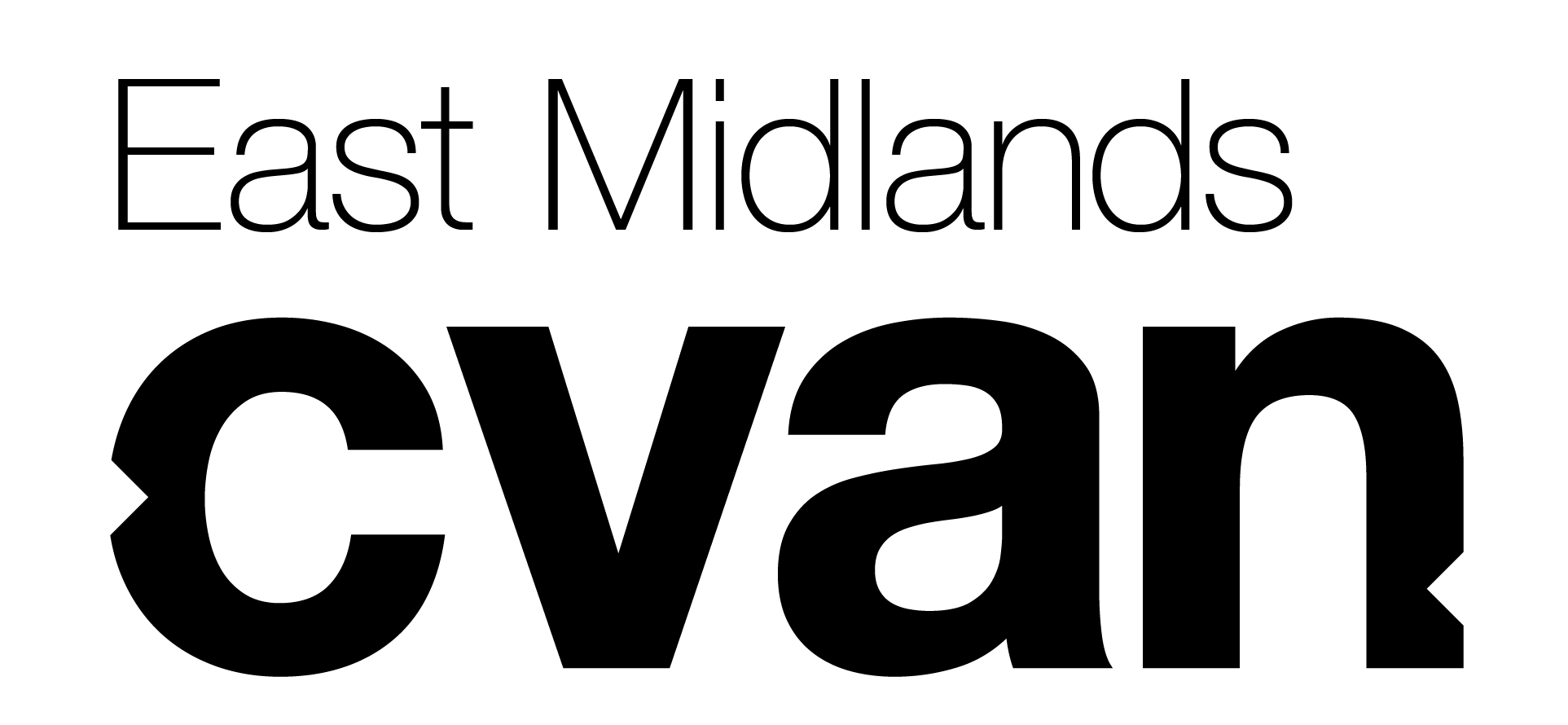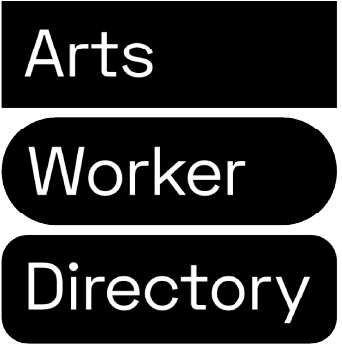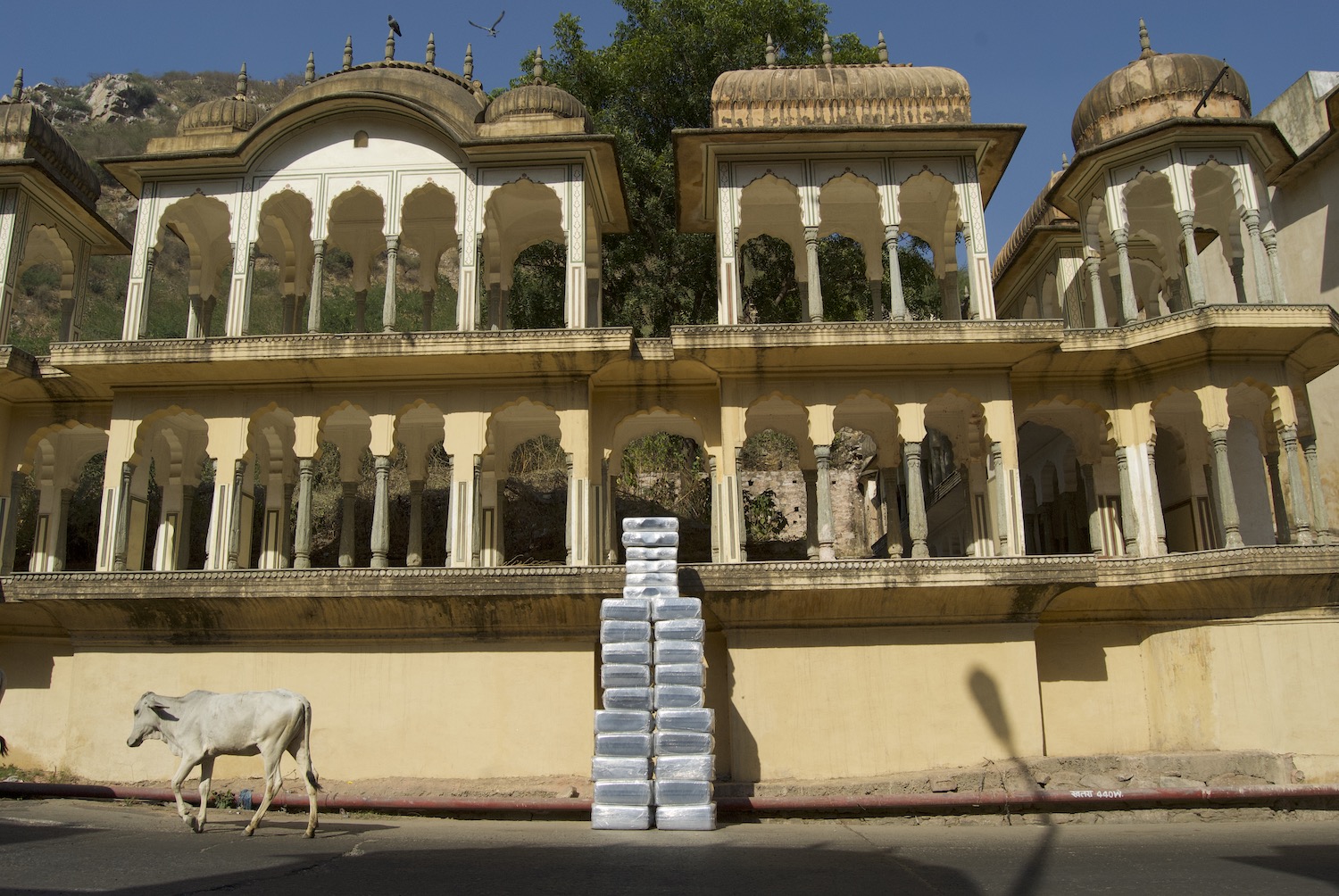Ivan Smith is a sculptor based in Derbyshire. Born in Mexico City in 1965, he spent seven years developing site-specific nocturnal one-night-only exhibitions in the West Midlands with the artist-led Fine Rats International. Alongside this, he developed his own projects, residencies and exhibitions in the UK and abroad, eventually moving to Derby in 2001 to take up the Henry Moore Fellowship in Sculpture at University of Derby. Ivan draws on socio-political issues to inform his work and often creates opportunities for direct action between artwork and audience in a desire to confront contemporary issues.

Describe your practice for us
I’m a sculptor, or at least I think as a sculptor, that said I work in any medium that suits an idea or a place/environment that I am working in or responding too. I work predominately in the public realm and the work is almost always temporary.

How long have you been practising and by what route did you come to your practice?
I graduated from Birmingham Polytechnic in 1988 and continued to live and work in Birmingham for a further 13 years. During that period I worked with a group of artists, Fine Rats International who developed and organised large-scale exhibitions in derelict post-industrial environments including tower blocks, factories and under Spaghetti Junction. I moved to Derbyshire in 2001 to be the Henry Moore Fellow in Sculpture at Derby University for 2 years. Since then I have developed a profile for organising International artists residencies both UK and abroad.

Much of your work has a socio-political drive and you’ve said that “Direct action between artwork and audience drives a clear desire to confront contemporary issues, social order and the transparent borders within which societies exist”. Do you believe in art as a mechanism for change?
Yes definitely, everything we do on this planet effect change, this we now realise is having an irreparable affect on the planet and as individuals we need to take more responsibility for everything we do. My work offers me the opportunity to voice opinions, explore and react to constantly shifting situations that we find ourselves in.

You’ve worked extensively on site-specific projects that explore the relationship that exists between the space and an audience. Can you say more about that.
For me the biggest charge and risk as an artist is the point of contact between a new work and an audience. The work becomes activated when an audience engages with it; often the installations or environmental works I develop use the audience as a main element within it. When I develop a work for public spaces it directly responses to that specific place, whether its social, architectural, environmental or political concerns that is motivating the work.

Residencies feature regularly throughout your career to date, some in the UK and many abroad. What attracts you to the residency format?
The residence format has many positive attributes, which often makes it the most dynamic, experimental and risky process to be involved with. I have developed a worldwide artist network over the years through my involvement in international residencies. As I do not have gallery representation or curatorial backing, for me, the residency is at the heart of a global community of artist proactivity. It’s a meeting place, a collaborative hub, a place for risk taking and experimentation, which can push you outside of your comfort zone and allow your work to develop along new paths. It also offers me the opportunity to travel, which in turn allows me to meet new people and have new experiences. It also gives me the ability to give something back to that environment, a kind of trade between me and a place or community.
What is important to you in maintaining and motivating your practice?
Finding ways to work without the security of making a living from my practise, this in turn gives me the freedom to make decisions and take risks that otherwise I might not be able to.
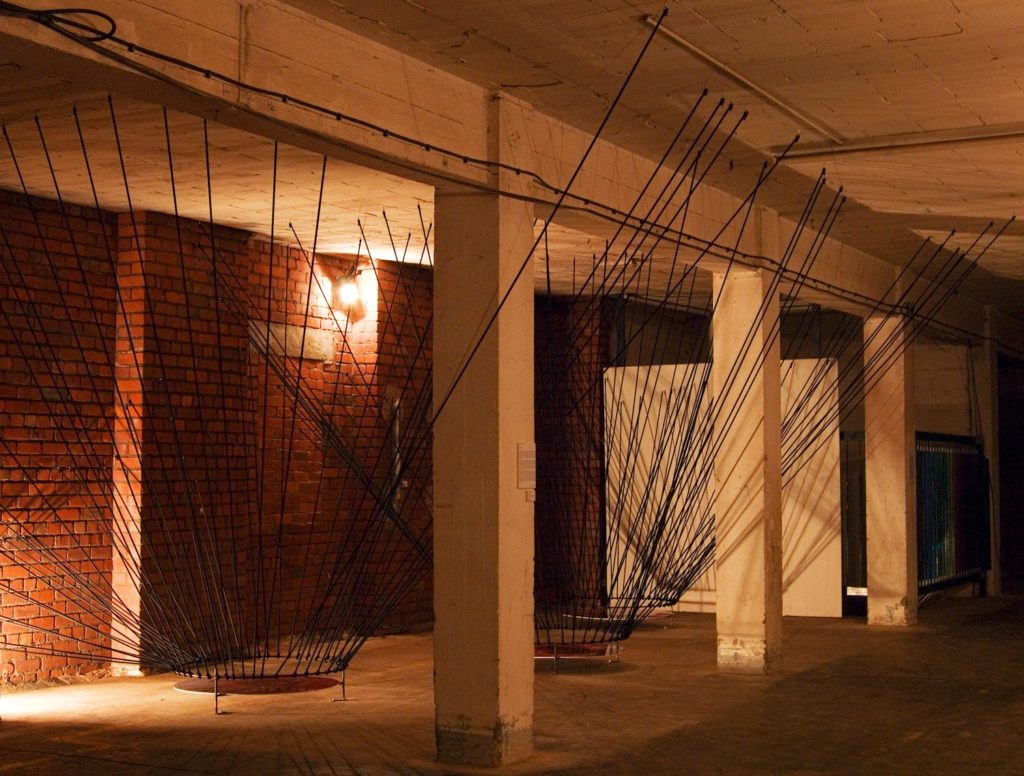
What have been your biggest achievements since establishing your practice?
There isn’t one thing rather everything to date, it’s a long arc of self-analysing and development that I am very proud of. Having a close-knit circle of family and friends that support my practise is at the heart of my continuing ability to develop as an artist.
What have been the biggest challenges to your practice?
The on-going difficulty in acquiring funding for new projects, the economic climate and false austerity that we have been living under, through another long-term Tory governorship where a small minority are becoming super rich whilst the majority are struggling to survive, mirrors our industry which is non-regulated, London centric and elitist. I happily exclude myself from as much of this as possible whilst working hard to create meaningful connections with likeminded professional in the industry, here and abroad.
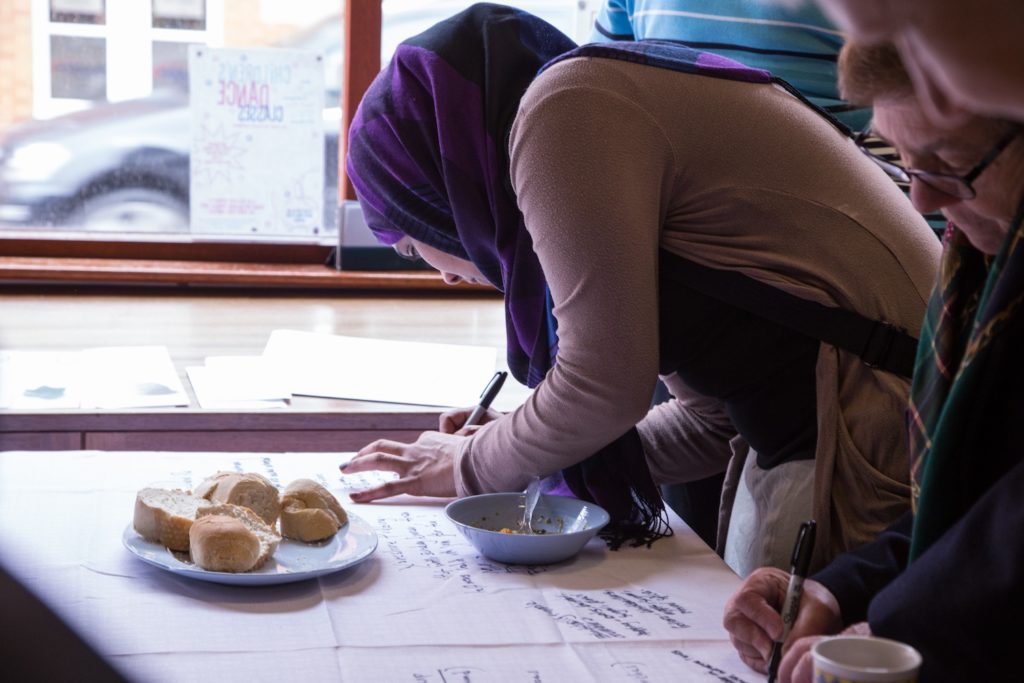
What is the most interesting or inspiring thing you have seen or been to recently, and why?
I was invited to exhibit at Kreis Gallery in Nuremburg last June; this opportunity came about through my close working relationship with a residency programme in India called Sandarbh. Thomas May had previously also participated in Sandarbh in India, we have become friends and have been looking to collaborate on residencies that we are both organising. Thomas also coordinates the programme for Kreis Gallery in Nuremburg as part of a longstanding artist group in the city. Whilst installing my work over a week in early June I visited Thomas’s studio on many occasions, having thought I understood his work before visiting Nuremburg, a new deeper realisation unravelled itself gently over these visits. This I realised was the impact and benefit of spending extended time in his company in his studio and has left a lasting impression on me.
Which other artists’ work do you admire, and why?
I am not a fan of listing favourites; I am constantly inspired by artists, writers, musicians and other creative minds, my unreserved admiration goes to all artists who continue to follow their own creative path through life regardless.
Where do you see your work in the next 5 years?
I find this an impossible question to answer; I have no idea what will happen to my work in one year let alone five! As long as I am still making work in five years, that’s my priority.
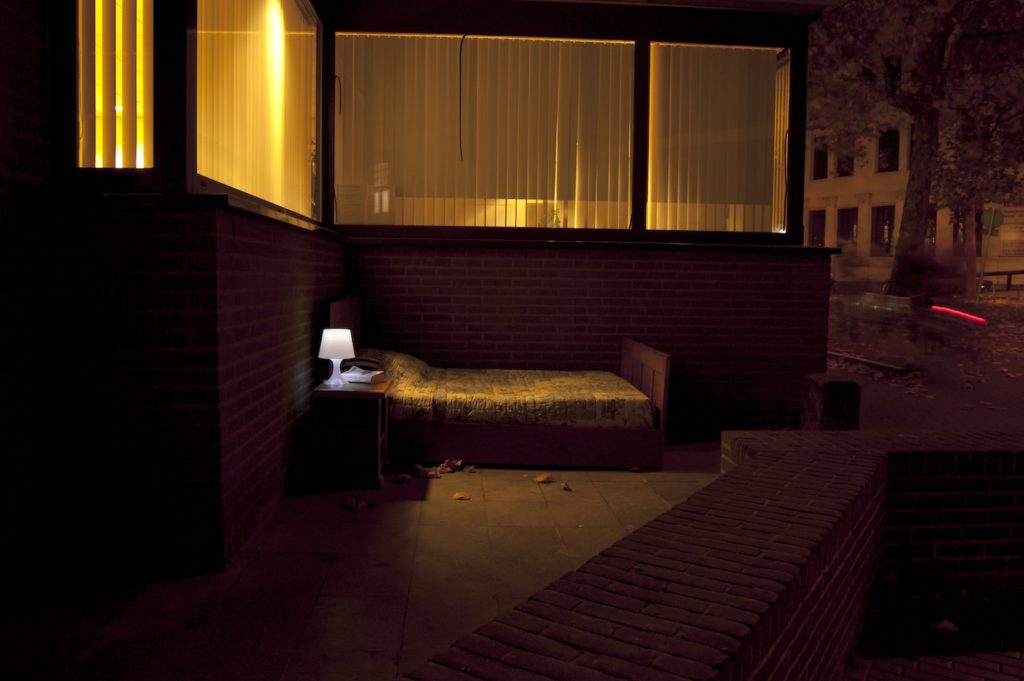
Who would you most like to have visit your studio?
Anyone genuinely interested in meeting me and wanting to see my work in more detail. Over the past 16 years my studio has been an intensely private place. I have recently moved from my studio of 16 years (East Mill in Belper) to a new studio (Wireworks in Ambergate), which now offers an opportunity for a more expansive experience. Alongside studio partner Anthony Shepherd we have a workshop space and are developing a project space that will enable us to produce a programme of diverse projects for artists and audiences alike.
Where can we see your work? Do you have any upcoming exhibitions, events or projects?
Most of my energies are going into developing the new studio complex, which will enable me to make new work, which visitors can see on a regular basis. I am developing an International artist residency and Lab in Derby in 2020 in collaboration with David Gilbert. I have been invited to participate in residencies in Croatia, Mexico and China over the coming two years.
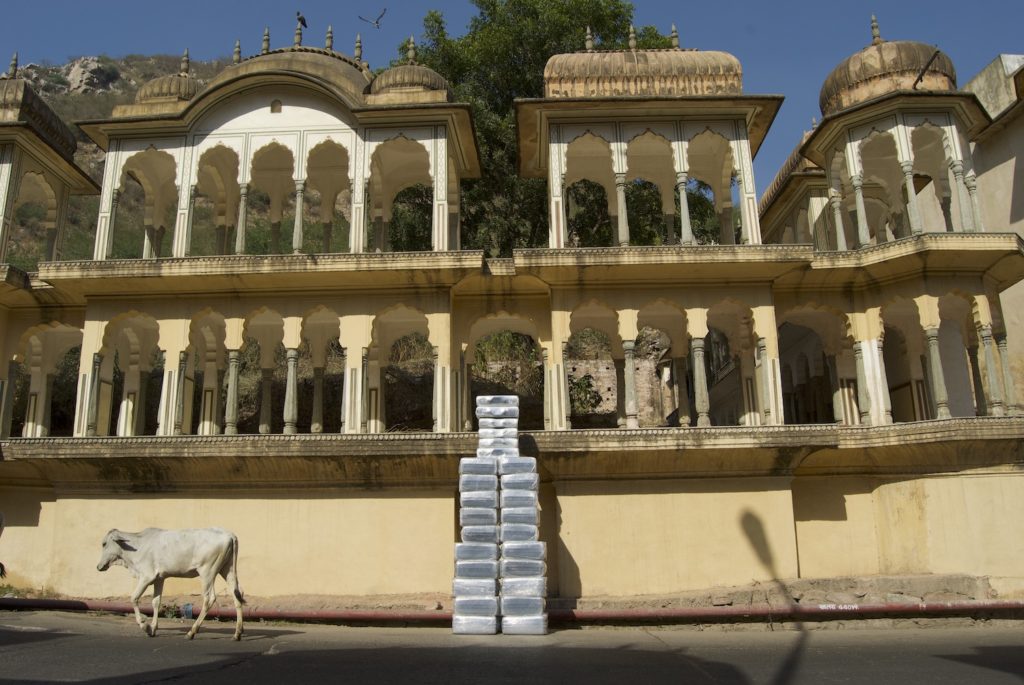
Ivan was interviewed in May 2019.
All images are by and courtesy of the artist.
Find out more about Ivan’s work on his website. Follow Ivan on Instagram and Facebook.
